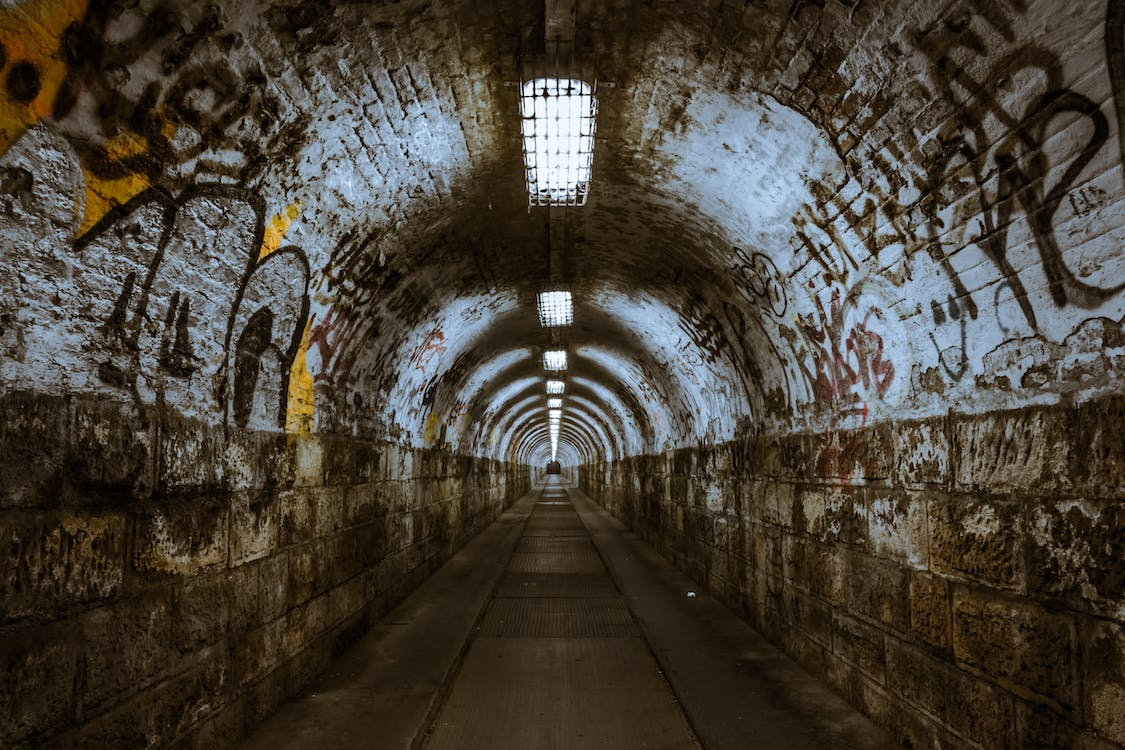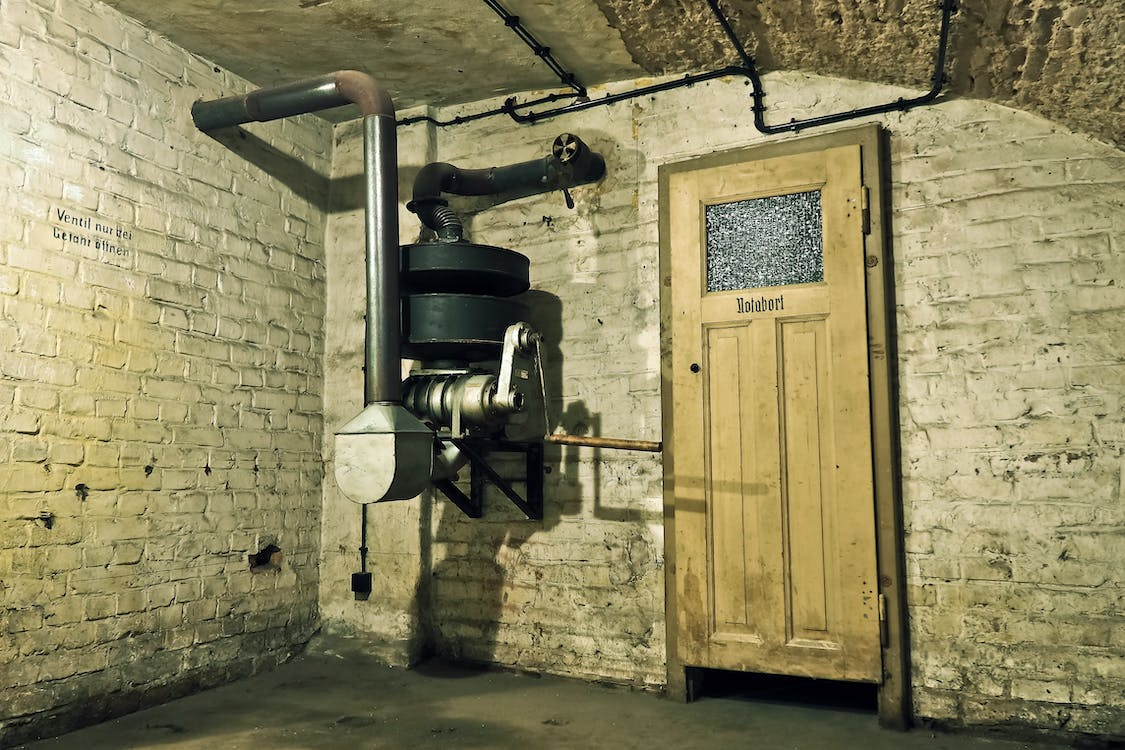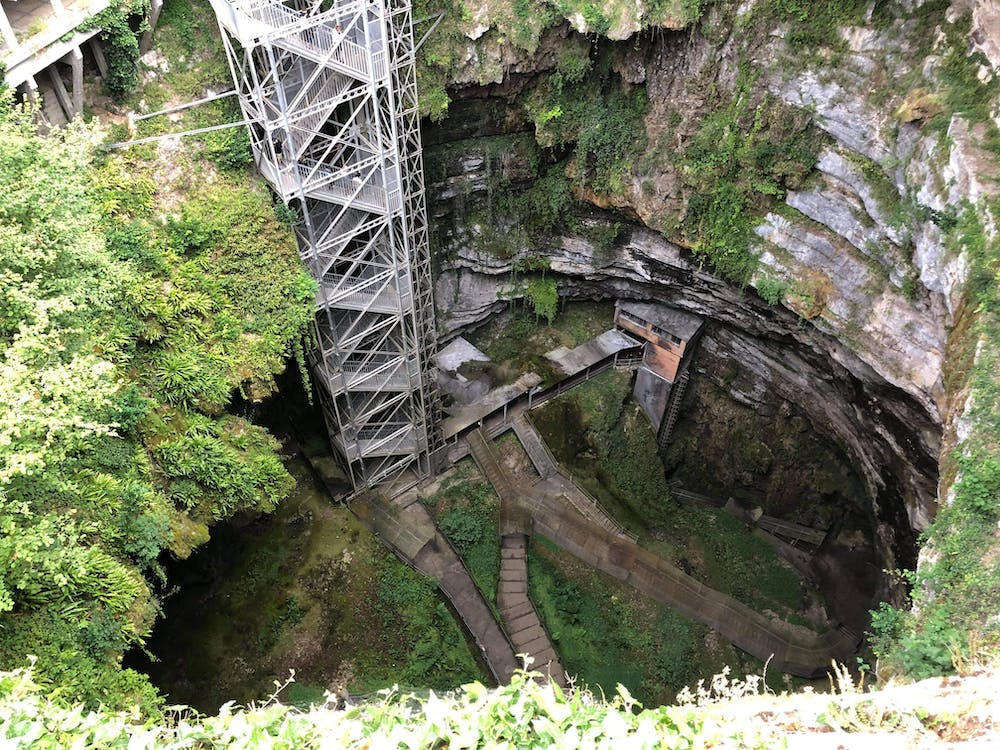Working in confined spaces, such as tanks, silos, sewers, or tunnels, is common for many professionals in heavy-duty industries like construction, fire safety, and more. However, the seemingly innocuous environment of a confined space can quickly become a perilous trap without the right knowledge and safeguards in place.
In this comprehensive guide, you’ll explore the essential aspects of confined space safety, from the critical role of a standby person to understanding hazard ratings and risk classifications.
The Standby Person: Your Lifeline in Confined Spaces
Imagine being in a space so tight that you can barely move, with limited visibility and the constant awareness that danger may lurk around the corner. This is the reality for workers in confined spaces. To ensure their safety, regulations outlined by the relevant authorities must be adhered to.
Confined space safety regulations require the presence of a standby person when workers enter confined spaces. But what exactly is the role of this crucial individual?
Your Role as a Standby Person
As someone responsible for the well-being of those inside a confined space, your duties are far from passive. You are the link to the outside world, the eyes and ears of those within. Your responsibilities include:
1. Monitoring Conditions
Continuously assess the environment inside the confined space, especially atmospheric conditions, for any potential hazards.
2. Emergency Response
Be ready to initiate emergency procedures, including retrieval of entrants if necessary.
3. Communication
Maintain clear communication with entrants throughout their time in the confined space.
4. Equipment Management
Ensure that all equipment, such as gas detectors, communication devices, and retrieval systems, are functioning correctly.
5. Alerting
Sound the alarm and initiate rescue procedures if any hazardous conditions arise or if entrants fail to respond.
Your vigilant presence and prompt actions can make the difference between a safe operation and a catastrophic event.
Hazard Ratings: Understanding the Risks
Not all confined spaces are created equal. They vary in terms of hazards and risks. To effectively safeguard workers, confined spaces are classified according to their hazard ratings. These ratings help in assessing the potential dangers involved in entering and working within a specific, confined space.
Low
This rating signifies that the confined space presents minimal potential for serious injury or life-threatening conditions. Examples include storage tanks with no previous hazardous materials.
Medium
Medium-hazard confined spaces may contain hazardous substances, such as gases or flammable materials, but these substances are not likely to be present in quantities that could cause an immediate threat.
High
These confined spaces are the most perilous, with the presence of hazardous substances that can pose an immediate danger to life or health. Examples include sewers or tunnels with the potential for toxic gas buildup.
Understanding these hazard ratings is vital for proper risk assessment and safety planning. Workers and standby persons must be well-versed in the potential dangers of the specific, confined space they are entering.
Mitigating Risks in Confined Spaces
Once hazard ratings are understood, the focus shifts to risk mitigation. Here’s a closer look at how confined space safety is managed in such spaces:
1. Gas Detection and Monitoring
Atmospheric testing and continuous monitoring of gas levels are critical components of confined space safety. Gas detectors serve as the frontline defense against the invisible threats that can lurk within.
These detectors are highly sensitive instruments capable of detecting even minute changes in gas concentrations. They provide real-time data that allows workers and standby persons to react swiftly to dangerous conditions.
2. Effective Ventilation
Proper ventilation is essential for confined space safety. It ensures a continuous supply of fresh air while effectively removing hazardous gases. Adequate ventilation significantly reduces the risk of asphyxiation or exposure to toxic substances.
Ventilation systems must be carefully designed and maintained to meet the specific needs of the confined space and the nature of potential hazards.
3. Lock-Out Verification
The lock-out/tag-out (LOTO) process is a crucial safety procedure that prevents the accidental activation of machinery or equipment within a confined space. The standby person must verify that all equipment or machinery inside the confined space has been properly shut down, isolated, and locked out before entry.
This meticulous process ensures that no unexpected energization occurs while workers are inside.
4. Safety Procedures
Every confined space entry should be guided by a comprehensive set of safety procedures. These procedures, often outlined in a confined space entry permit, detail the steps, precautions, and emergency protocols specific to the confined space.
Workers and standby persons must be intimately familiar with these procedures, as they form the blueprint for a safe entry and operation.
5. Training and Awareness
Proper training and awareness are the foundation of confined space safety. Workers must receive thorough training on the hazards of confined spaces, safe work practices, and emergency response procedures.
This includes regular refresher training to ensure that skills and knowledge remain current. Awareness campaigns that highlight the importance of safety culture and vigilant compliance with safety protocols also play a vital role.
6. Rescue Plans
While safety measures aim to prevent emergencies, it’s essential to be prepared for the unexpected. Every confined space operation should have a well-defined rescue plan in place. This plan outlines the procedures, equipment, and personnel required for a swift and efficient rescue in case of an emergency.
All team members, including the standby person, must be familiar with their roles in the rescue plan.
7. Continuous Monitoring
Even once inside the confined space, safety doesn’t take a back seat. Continuous monitoring of conditions, communication, and equipment functionality is essential throughout the operation. This vigilance ensures that any potential issues or changing conditions are identified and addressed promptly.
8. Psychological Support
The confined space environment can be psychologically challenging due to its restricted nature and isolation. Workers and the standby person should receive psychological support, including stress management and coping strategies, to help them remain calm and focused in stressful situations.
By adhering to these safety measures and being aware of hazard ratings, workers in confined spaces can perform their tasks with confidence, knowing that risks are being actively managed.
Take the Next Step
Ready to enhance your confined space safety knowledge? Metro Safety Training offers industry-leading Confined Space Training programs, including online courses and other helpful resources, designed to empower professionals like you with the skills and expertise needed to excel in confined spaces. Take the next step towards a safer work environment. Visit their website to enroll today.










